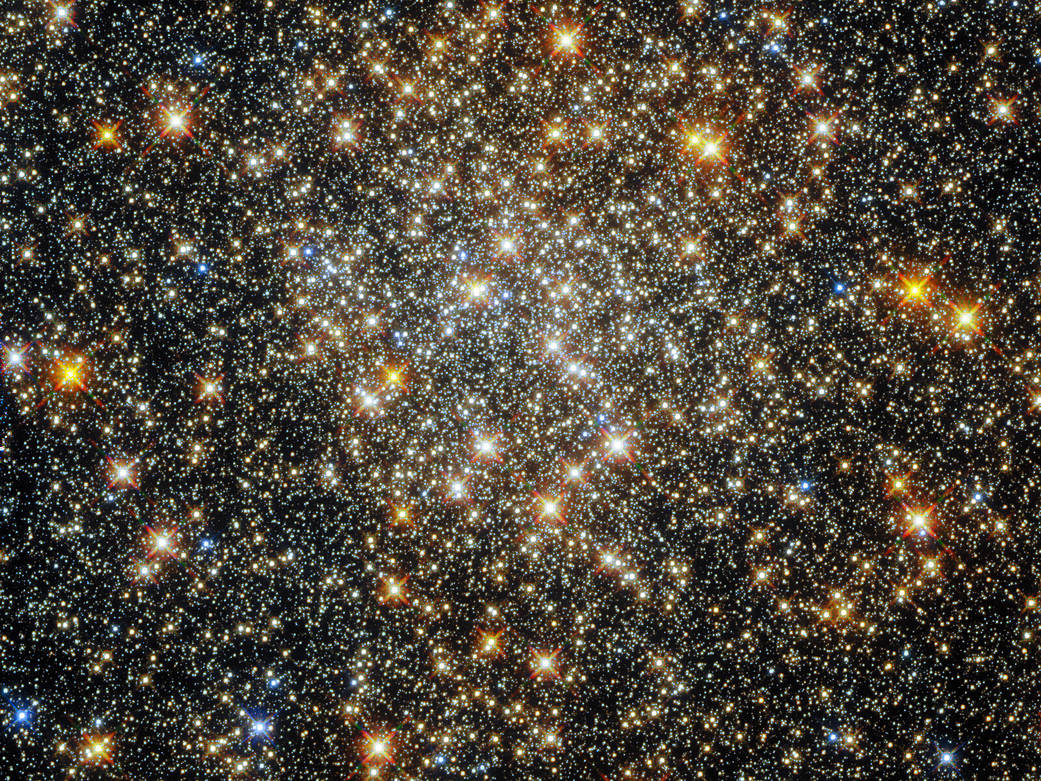

At the center of our Milky Way, the building blocks of RNA are abundant. Are these nitriles responsible for life on Earth (and elsewhere)?
An international group of scientists has aimed its astronomical arrows at a huge cloud of gas at the center of our Milky Way galaxy. Organic molecules have been found in this cloud, which may have stood at the cradle of the first single-celled life on Earth.
The gigantic cloud of gas has been observed through two Spanish telescopes and appears to consist of many different nitriles. These substances can be very toxic, due to the release of cyanide, but they are also the building blocks of RNA (ribonucleic acid), the precursor of DNA.
The discovery is very important, because it can teach us more about the origin of the first life forms on Earth. But it also makes you think about the possibility of extraterrestrial life.
RNA world hypothesis
“We have shown that there is a place in the middle of our galaxy where the ingredients for creating the building blocks of life abound. Indirect evidence for the ‘RNA world scenario’, says astrobiologist Victor Rivilla of the Spanish National Research Office and the National Institute of Space Technology in Madrid.
The RNA world hypothesis is based on the idea that life on Earth began with RNA. Only then did DNA, proteins and enzymes evolve. RNA can store and copy information (like DNA), as well as speed up reactions (like enzymes).
Meteor Shower
Nitriles are the precursors of RNA. It is possible that nitriles did not originate on Earth, but crashed on our planet billions of years ago via impacting meteorites and comets.
This would have happened about 4 billion years ago during the ‘Late Heavy Bombardment’. Nitriles and other molecular building blocks for RNA, fats and amino acids have been found more often in comets and meteors.
From 4.1 to 3.8 billion years ago, it found Late Heavy Bombardment (LGB) place. During that period, the innermost part of our solar system, ie the Earth and the Moon, but also Venus, Mercury and Mars suffered much more impacts from meteorites than in other times. It is unclear what caused this ‘bombardment’ of meteorites. It is possible that Jupiter’s orbit narrowed, which could alter the orbits of many asteroids, causing them to rush toward the inner planets. It could also be that a major collision in the solar system resulted in a lot of flying debris.
The gas cloud studied is full of organic molecular compounds, has a mass of a thousand times our sun and is no less than three light years wide. The temperature is about -170 degrees Celsius and there are no stars present, although astronomers think they could form in the future. “The chemical composition of the gas cloud resembles other regions in our galaxy, which also form stars and comets. This means we can learn a lot about our own solar system by studying this gas cloud,” explains Rivilla.
Rivilla and his team used Granada’s 30-meter-wide IRAM telescope and Guadalajara’s 40-meter-wide Yebes telescope to pick up electromagnetic signals from the gas cloud. The Spanish dishes received a wealth of information.
They found evidence for the presence of different types of nitriles. In fact, it is full of the potential building blocks of RNA. They are detected in the center of our Milky Way, in comets and meteors, and even in the atmosphere of Titan, Saturn’s largest moon.
Lipids
“We have now found several simple precursors of ribonucleotides, the building blocks of RNA. But we are still missing a lot of important molecules. For example, we still have no idea how lipids (fats) originated on earth. And without lipids, there were probably no first single-celled organisms either,” explains co-author and researcher Izaskun Jiménex-Serra. “We continue to look for information about the first building blocks of life. How did the first fat molecules come about and where did they come from?”
So plenty of questions remain, but another interesting step has been taken in man’s eternal search for life beyond our own planet.
Source material:
†Molecular precursors of the RNA-world in space: new nitriles in the G+0.693-0.027 molecular cloud– Frontiers in Astronomy and Space Sciences
Image at the top of this article: ESA/Hubble and NASA, R. Cohen